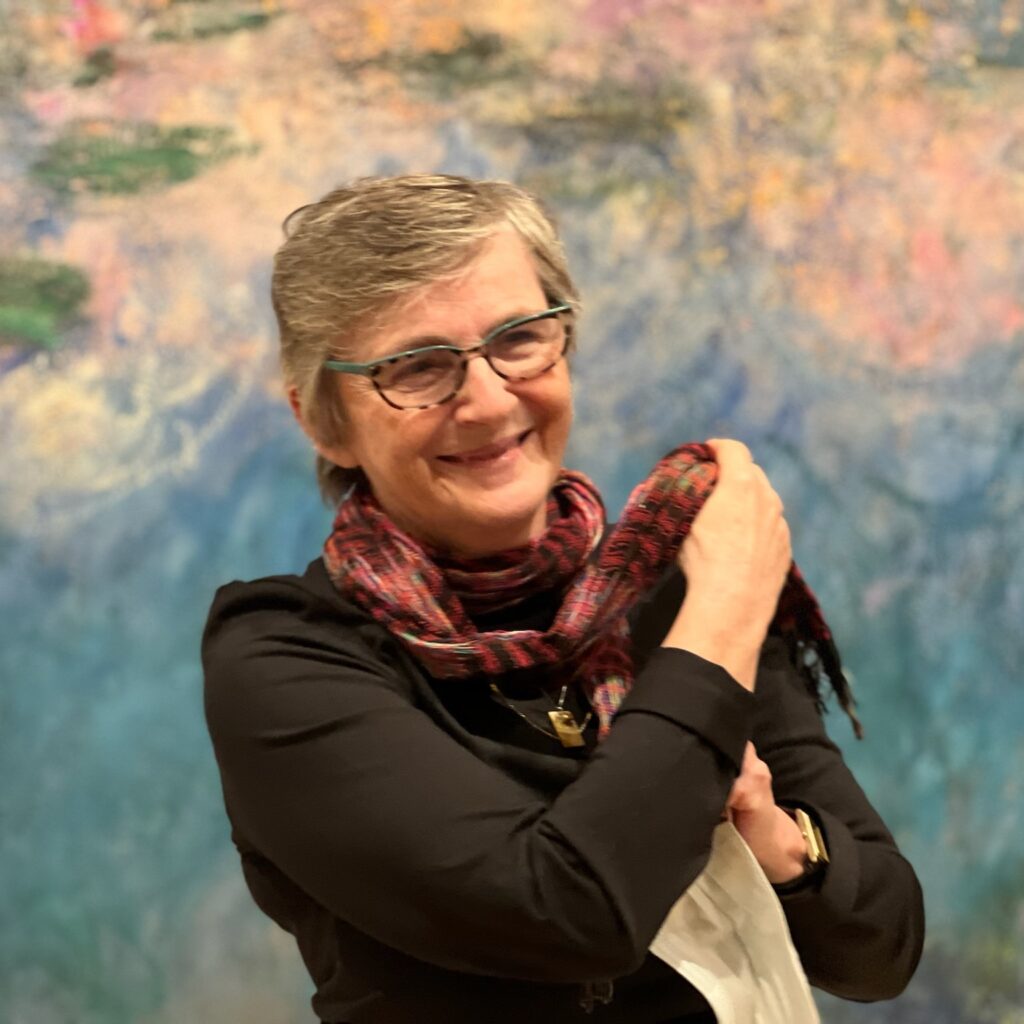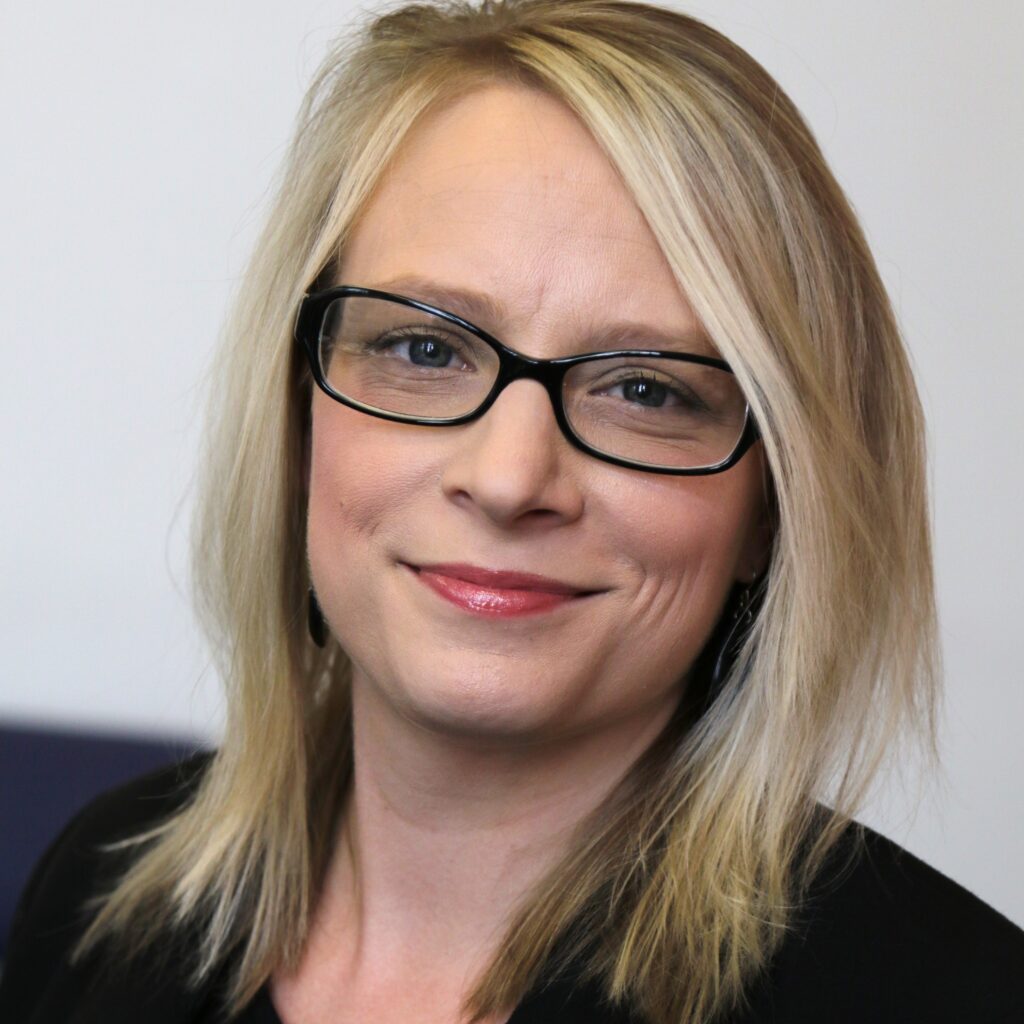The Funders Network is committed to sharing the stories and strategies of our members, partners and others in the philanthropic sector working to create more sustainable, prosperous and equitable communities. Today, we’re sharing a guest blog post from the Solutions Journalism Network and Center for Cooperative Media at Montclair State University highlighting philanthropic support to local news collaboratives, including work funded by TFN members Springpoint Partners, the Ralph C. Wilson Jr. Foundation, and the Walton Family Foundation. Solutions Journalism Network is also supported in part by the Robert Wood Johnson Foundation, another TFN member.
BY Liza Gross, Solutions Journalism Network, and Stefanie Murray, Center for Cooperative Media at Montclair State University
It’s no secret the journalism industry has endured massive, foundation-shifting changes over the last few decades.
The rise of search engines, the advent of social media and even the recent growth of machine-learning and artificial intelligence have all fundamentally changed the way people find, consume and understand news and information. The media landscape is fractured; mass media is no more. Societies today share information through multiple channels, in constant streams.
This is a key reason why collaboration has become so important in the media landscape. Fifty years ago, most cities had perhaps a handful of news sources: A newspaper, maybe a TV station and magazine or radio station. Today those options have been joined by news nonprofits, hyperlocal digital websites, active Facebook groups, local newsletters, texting groups and more.
Journalism collaboratives are an effective way to knit those sources together and help direct their efforts in ways that have broad, positive community impact.
There are at least 40 permanent journalism collaboratives in the United States alone, according to research from the Center for Cooperative Media at Montclair State University. The collaboratives are usually run by a project manager and include all kinds of journalism partners as well as community-based organizations, multicultural outlets and other local institutions. Their work is often project-focused, and the Center has found the projects often have a solutions, humanitarian, democratic or investigative angle.
The majority of U.S. journalism collaboratives have been launched and supported by philanthropic funders — those who realize that investing in local news and information is an important way to spread their impact across multiple parts of a community.
The most notable example of this investment is the Solution Journalism Network’s Local Media Project, which includes more than a dozen collaboratives coast-to-coast, and nearly all of them have attracted local philanthropic dollars.
Award-winning Resolve Philly is one of the longest-running local media collaboratives, involving more than 29 news and community organizations. In 2016, it launched the Reentry Project focused on the challenges and solutions to prisoner reentry and recidivism – critical issues facing Philadelphia – which resulted in local and statewide policy change. The collaborative went on to create Broke in Philly covering issues of poverty and economic mobility; Equally Informed Philly, to bridge the city’s information divide by providing text and place-based news and information delivery; and Shake the Table, a new initiative aimed at elevating community voices and priorities in the local policy-making process. Funders supporting Resolve Philly include Springpoint Partners and Samuel S. Fels Fund – both focused on advancing social, racial and economic justice in Philadelphia.
In Charlotte, North Carolina, seven news organizations and three community partners came together in 2019 to create the Charlotte Journalism Collaborative focused on addressing housing affordability. In addition to its reporting in English and Spanish, the collaborative regularly hosts in-person and virtual town halls, panels, and one-on-one talks with housing advocates and community members to help identify issues and solutions to the housing crisis and other pressing community needs. Housing justice funder DreamKey Partners is one of the collaborative’s supporters.
The Great Salt Lake Collaborative is a group of 21 news, education and media organizations that came together to better inform and engage the public about the crisis facing the Great Salt Lake — and what can be done to make a difference before it is too late.
Now in its fifth year, SJN’s Local Media Project has launched 15 local media collaboratives – including those noted above – with support from the John S. and James L. Knight Foundation and the Ralph C. Wilson Jr. Foundation. These collaboratives have gone on to raise $12 million in additional funding over the past five years. The Center tracks which donors are supporting collaboratives and in 2021 published a list of funders behind 40 U.S. collaboratives. The list includes big-name funders such as the Walton Family Foundation, Chan Zuckerberg Initiative, Microsoft Philanthropies, and the Bill & Melinda Gates Foundation.
It’s not just the bigger foundations that are putting support behind collaborative media projects. We are heartened to see more place-based funders – those with an even greater interest and stake in uplifting their respective communities – investing in local media collaboratives, such as the Wichita Foundation, which helps fund the Wichita Journalism Collaborative, and Kalamazoo Community Foundation, which supports the Southwest Michigan Journalism Collaborative.
Funders interested in supporting local media collaboratives should look for the characteristics that make a successful partnership. These include putting community needs first, cultivating a high degree of trust among members, and committing to the collaborative as an entity – what researchers at Columbia Journalism School call the “scaffolding” for a successful collaborative.
We also encourage funders to invest in research on collaboratives to advance the field.
To rebuild the fractured media landscape and support reporting that makes a positive impact on communities, we need to look to local media collaboratives. Funders must understand and invest in this proven approach to revitalizing and reimagining local information flows.
About the Authors

Liza Gross is senior advisor at Solutions Journalism Network. She created and launched SJN’s Local Media Project.

Stefanie Murray is the director of the Center for Cooperative Media at the School of Communications and Media at Montclair State University.
Featured Photo: 38996496 / Social Media News © Solarseven | Dreamstime.com
